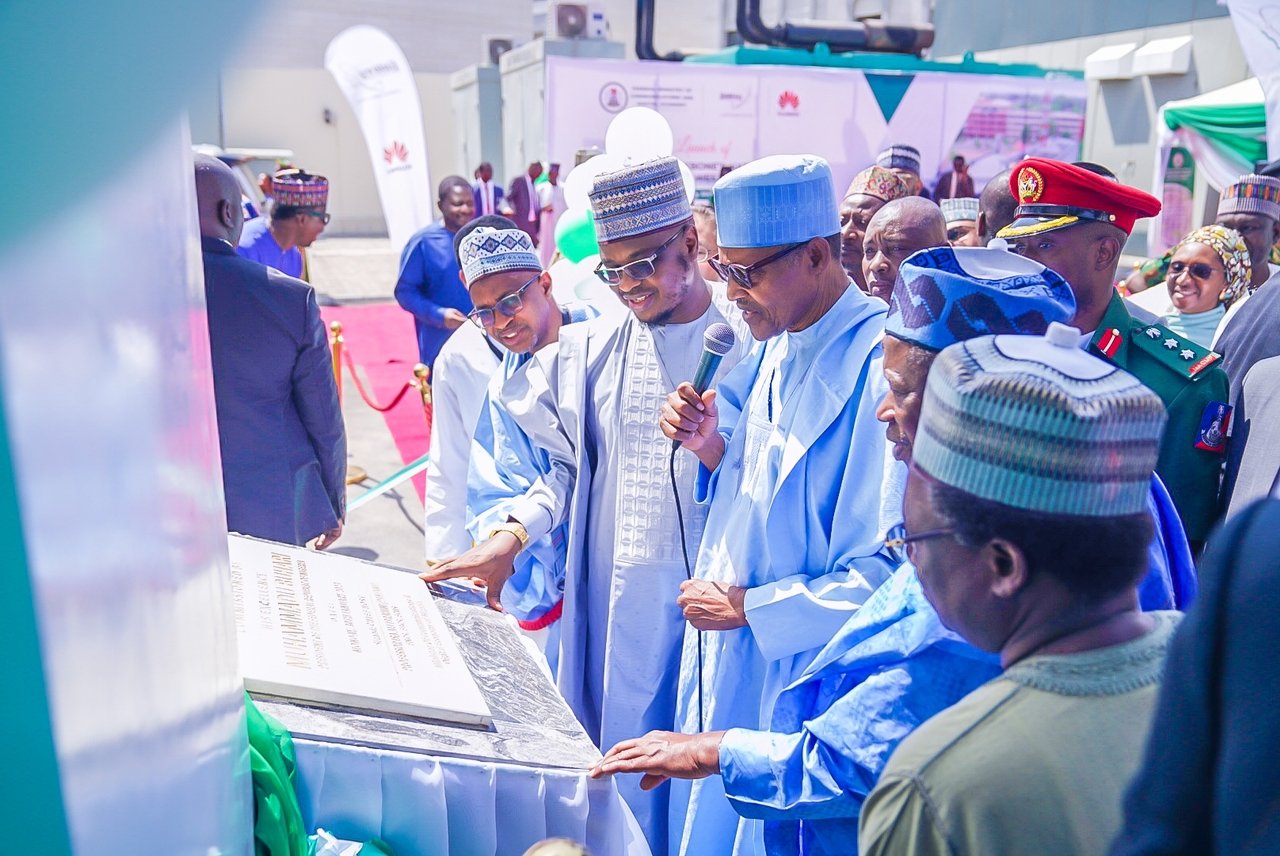Kano’s 10 megawatts project, a wakeup call
On January 30, 2023, President Muhammadu Buhari commissioned the 10 Megawatts (MW) Kano Solar Power Project funded and managed by the Nigeria Sovereign Investment Authority (NSIA). Currently, the largest grid-connected solar PV plant deployment in Nigeria, it was implemented through a Special Purpose Vehicle (SPV) jointly owned by the federal government, Kano State Government and […]

On January 30, 2023, President Muhammadu Buhari commissioned the 10 Megawatts (MW) Kano Solar Power Project funded and managed by the Nigeria Sovereign Investment Authority (NSIA).
Currently, the largest grid-connected solar PV plant deployment in Nigeria, it was implemented through a Special Purpose Vehicle (SPV) jointly owned by the federal government, Kano State Government and the host local government area, Kumbotso.
With more than 21,000 solar PV panels, two 6MVA transformers and 52 inverters, a state-of-the-art warehouse and storage building, a control room building, offices, workshop, among others, the project was executed by a consortium of an indigenous contractor and international partners on a turnkey basis.
It is very easy to dismiss the 10MW Kano Solar Power Project, after all, the Kano Electricity Distribution Company (DisCo) gets between 250 and 360MW hour on a day-by-day basis.
Kwara ex-milad backs Tinubu, AbdulRazaq
Nigeria’s judicial system needs transformation – IRS chair
But the project is of great significance, being the first of its kind in Nigeria. It shows that renewable projects of this magnitude, and more, can be successfully completed in the country..
This is because solar energy exists as an abundant natural resource because of our country’s climate which receives an abundance of more than 2,600 hours of sunshine yearly, an endowment which has the potential to provide between 5.5kWh and 6.7kWh per square metre on a daily basis.
This is important because Nigeria, with 23 power generating plants managed by the Generatin Companies (GenCos), independent power providers and the Niger Delta Power Holding Company (NDPHC), which are connected to the national grid, has capacity to generate only 11,165.4MW of electricity. Most of them are thermal-based, while hydropower from three major plants accounts for 1,938.4MW of total installed capacity (and an available capacity of 1,060MW).
In 2017, 2018, 2019 and 2020, the average available generation capacity figures were 6,871.26MW, 7,506.23MW, 7,381.67MW and 7,792.51MW respectively. Since 2018, the figures have been dropping, as those of 2021 and 2022 were 6,336.52MW and 5,346.82MW respectively.
Comparatively, Egypt’s electricity production has increased to 58,000MW, while installed capacity from renewable energy was 8,778MW by the end of 2022. For South Africa, according to the Ministry of Mineral Resources and Energy, its total domestic electricity generation capacity is 58,095MW, with solar and wind sources accounting for 4,646MW.
Currently, Nigeria is one of the most underpowered countries in the world, with actual consumption put at 80 per cent below expectation based on current population and income levels.
According to a report published by the World Bank, the International Energy Agency (IEA), the International Renewable Energy Agency (IRENA), the United Nations (UN) and the World Health Organisation (WHO), Nigeria was ranked as the world’s worst country with regards to access to electricity, with about 90 million of the total population without power supply. This number corresponds to about 46 per cent of the population.
As the World Bank’s statistics notes, the reality is that self-generation of electricity in Nigeria is extremely prevalent; with nearly 14GW capacity existing in small-scale diesel and petrol generators. And nearly half of all electricity consumed is self-generated, implying a huge un-served demand.
Given this situation, it is clear that Nigeria’s demand gap is significant. And this poses serious risk to the wellbeing of its citizenry, economic progress and overall growth. This explains why low-level diversification of electricity production, particularly renewables, will help in meeting the nation’s ever-increasing power demand.
The nation should, therefore, venture more into small scale hydro, wind, biomass and solar options as significant renewable energy sources as the Kano project has shown. And such new projects should be integrated into the nation’s electricity grid in the long run.
This will assuage for the absence of electricity generation corresponding with the nation’s population increase. Nigeria needs to fill this gap with the small scale examples like the Kano solar project.
This could even be an unintended but strong and unambiguous message that the power sector can be grown with large-scale renewable projects which can be successfully delivered in the country instead of the endless wait for the less clean and more expensive thermal and hydro generation plants that have been slow to come on stream.
For over two decades, despite the billions of dollars disbursed by the Nigerian government to improve and boost energy supply using conventional energy resources, the country is still plagued with severe energy shortages.
But the downside to the project may be the misgivings about the cost, which is put at $16m. In India, the approximate cost needed for the installation of a 1MW solar power plant is about $604,857.50, while the Kano project cost $1.6m per MW. While further explanations are awaited on the high cost, all costs of future solar power projects must conform to global best standards and practices.
The likes of the Kano project, though it seems like a demonstration cum pilot project, should be replicated in large numbers in the nation’s sun solar belt. After all, Nigeria’s Renewable Energy Master Plan (REMP) seeks to increase the supply of renewable electricity to 23 per cent of total electricity generation by 2025 and 36 per cent by 2030. We have come far short of this policy. But the wakeup call has been made.
